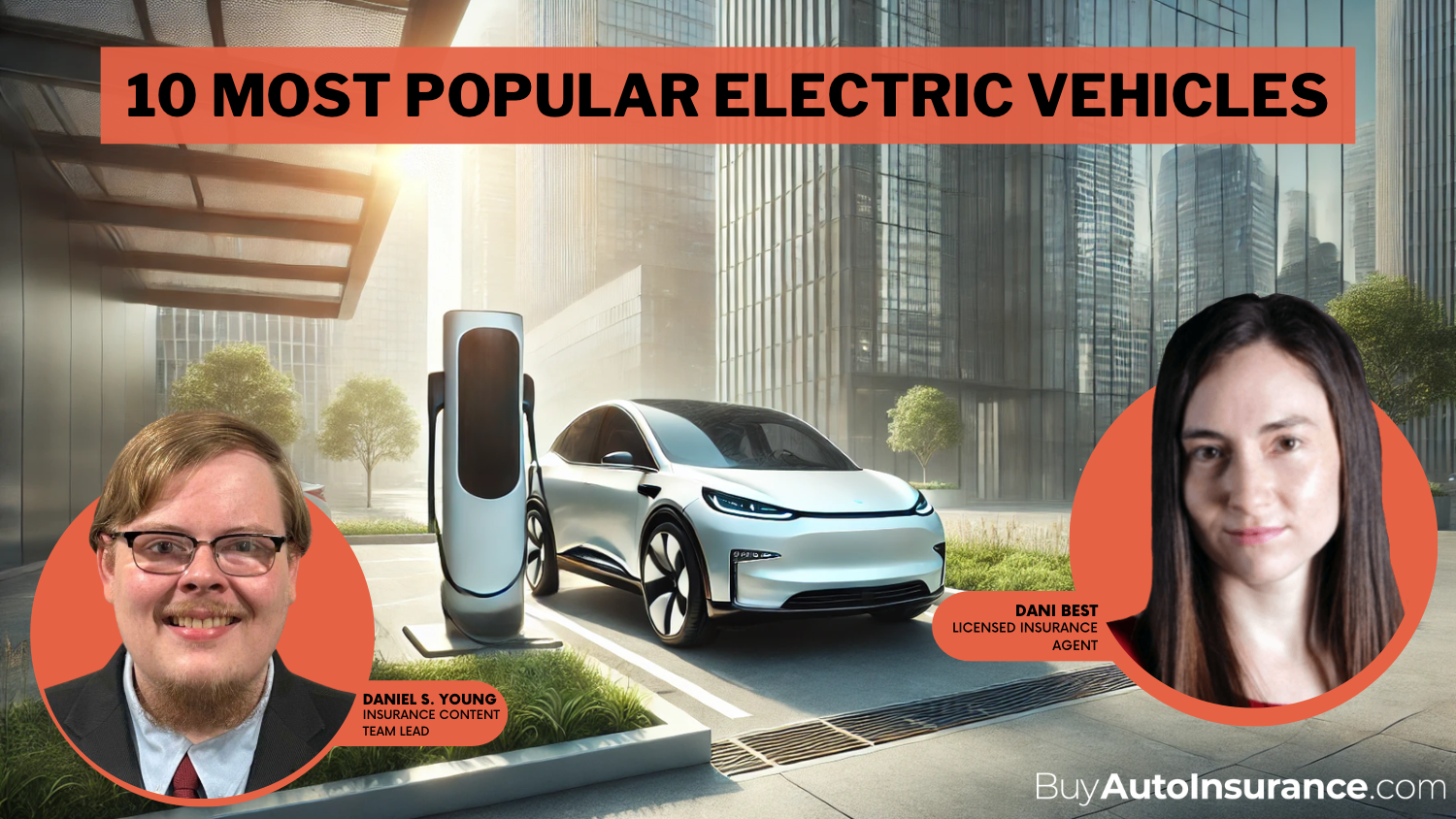 Post
PostThe Most Polluted Cities in America (And Their Emission Sources)
A Concise Overview The three types of air pollution that make it dangerous to breathe are ozone, year-long particle, and short-term particle pollution For the most part, cities in West Coast states are the worst offenders, with California frequently ranking in the top 10 Although levels dropped during the COVID-19 pandemic, air pollution is increasing...
A Concise Overview The three types of air pollution that mak...





![10 Worst States for Drunk Driving [3-Year Study]](https://www.buyautoinsurance.com/wp-content/uploads/2021/07/Worst-States-for-Drunk-Driving-3-Year-Study-Results.png)


